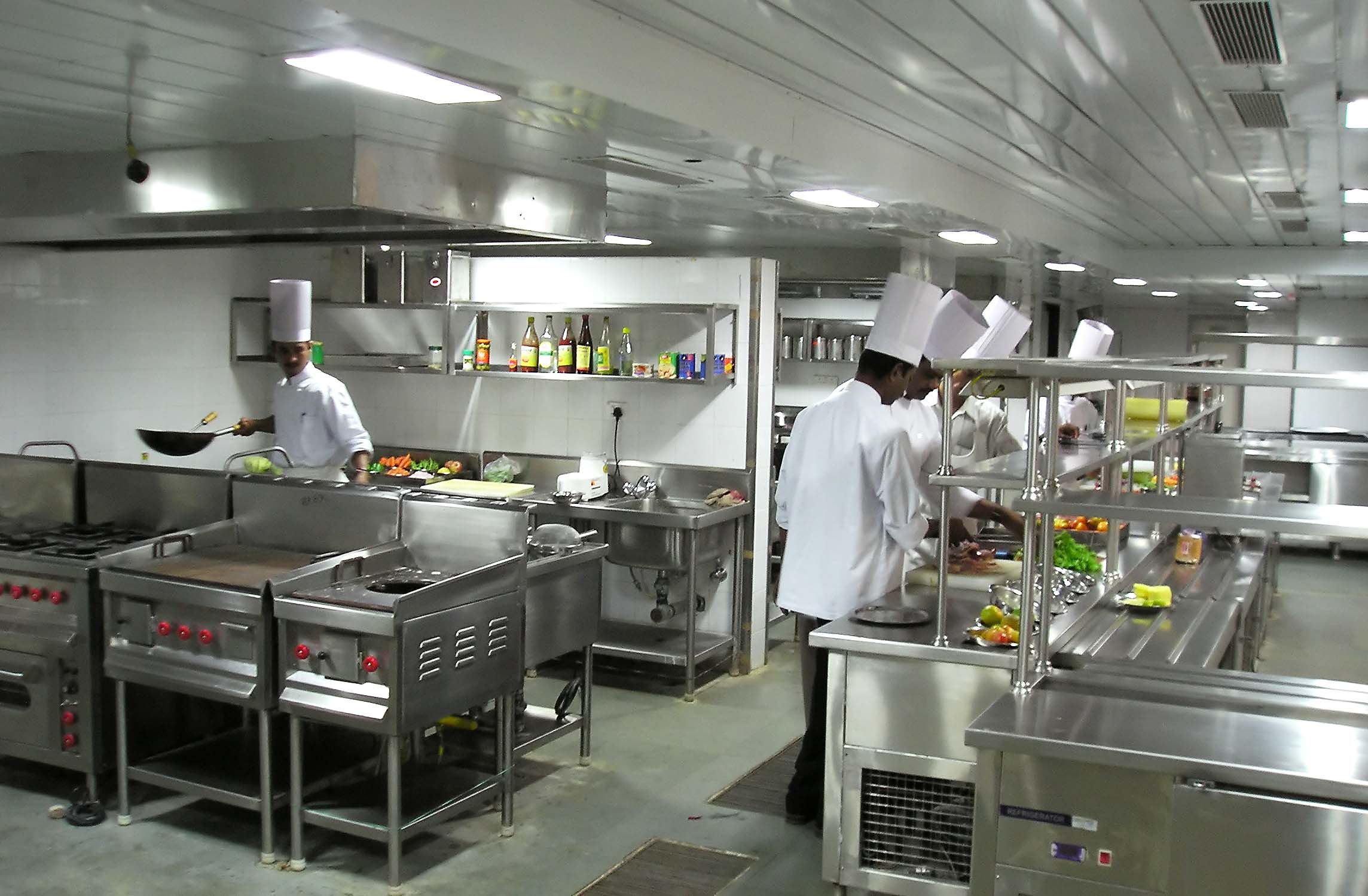The term “allergen free” is often spoken in the food allergy community. You might have heard the term “allergy safe” as well. What exactly does either term mean and how can one know an item is truly allergen free or allergy safe?
It’s hard to say who first came up with these terms. It could have been allergy sufferers trying to communicate their dietary needs or perhaps food manufacturers hoping to cash in on the next food trend. Regardless, it’s important to define these terms as a community for the safety of all those involved.
One can never be sure something is truly allergen free unless it has been tested for specific allergens, for instance peanut protein. In food manufacturing there is the potential of cross contamination of raw ingredients, manufacturing lines and even employees. With the rise in food allergies, you will see many brands with a “peanut free” or “allergy friendly” label. Currently there is no US law regarding what that means and who can put that label on their food item.
One company’s peanut free might mean there are no peanuts in the ingredient list but there are peanuts in other products in the facility. Another company’s idea of peanut free might mean no peanuts whatsoever within the facility. Still another idea might be peanut protein testing and the use of a label based on those results regardless of whether or not there are peanut products within the facility. Add to this the numerous warning labels on foods such as “may contain peanuts” or “manufactured in a facility where peanuts are present” and the issue becomes even more confusing.
It’s not only food manufacturers who use these terms. Peanut free or peanut friendly baseball has become quite popular among peanut allergic sports fans. However, it’s important to remember that in life there are never guarantees. Until there is a firm and universal definition of what “allergen free” or “allergen safe” means, it is still best to proceed with caution. Don’t make assumptions based on product labeling. Do your own company research and find out how the food is made and whether or not they do allergen protein testing on their products. Also keep in mind that we might all try, but it’s impossible to guarantee a truly allergen free table, section at a ball game or other accommodation. It’s crucial to take responsibility for and manage your own allergies and to teach your food allergic children to do the same.





COMMENTS